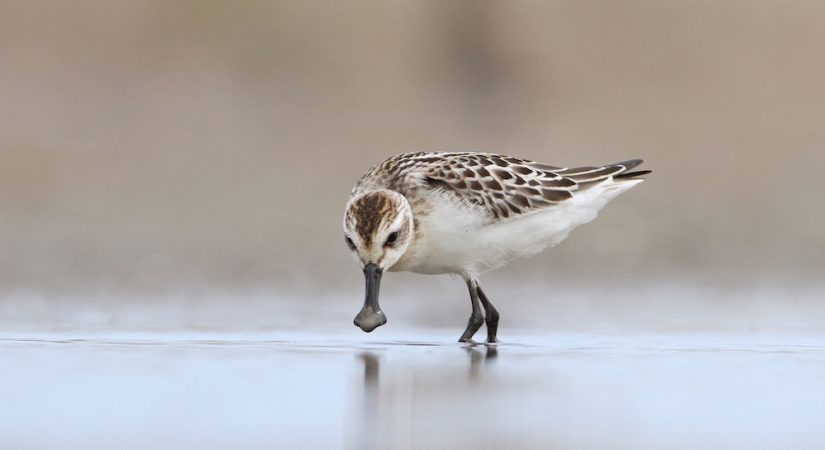Marine Protected Areas (MPAs) are a nature-based solution that benefits birds, mammals, fish and people too. In the Yellow Sea, MPAs are being strongly advocated by the GEF/UNDP YSLME Phase II Project as a tool to help restore the ecosystem goods and services of this Large Marine Ecosystem.
About 40% of the coastal areas in the Yellow Sea have been lost to conversion for other uses. Amongst its many actions to restore and bring life back to the Yellow Sea, the YSLME Phase II Project, funded by the Global Environment Facility (GEF) and implemented by the United Nations Office for Project Services (UNOPS), is actively supporting the creation of MPAs to help protect some of the last remaining coastal areas, with the ultimate goal of establishing the Yellow Sea’s first ever connected MPA network.
Why MPAs? MPAs can be an effective tool for sustainable fisheries management. All fish species, including once commercially viable species in the Yellow Sea like the Small Yellow Croaker, rely on specific habitats during different stages of their life cycle, such as nursery, juvenile, adult and spawning grounds. Coastal habitats are especially important during early and reproductive stages, so wisely used and placed MPAs could contribute to restoring and supporting healthy commercial fish populations in the Yellow Sea.
Marine Protected Areas (MPAs) also bring about other benefits. Because of a study conducted under the YSLME Phase II project, the Xiaoyangkou wetland is now being considered an MPA by the State Oceanic Administration of PR China. This area, which covers about 42.88 km2, is essential to the survival of the critically endangered Spoon-billed Sandpiper. Like millions of other migratory birds, the Spoon-billed Sandpiper relies on the Yellow Sea for its biologically productive intertidal mudflats as stop-over for feeding and resting. There are only a few hundred left in the world, so it is very important to protect this last remaining habitat for this incredibly unique and beautiful shorebird through a network of MPAs.
Why MPA networks? Although MPAs have gained momentum around the world as a global nature-based tool, they work even better when they do not work in isolation, but together with other MPAs that are physically and biologically connected through the movement of organisms and currents. The YSLME Phase II Project is promoting and aiming to incorporate this concept of “connectivity” into marine spatial planning and other zoning schemes.
Altogether, the YSLME Phase II Project is focusing on 23 Potential Priority Areas which are especially important to threatened species in the Yellow Sea. It is hoped that with targeted investment, the collaboration between existing MPAs will be improved, opportunities for new MPAs will be identified, and one day they serve together as a connected network of MPAs for the Yellow Sea to help the region achieve SDG 14 targets.
















